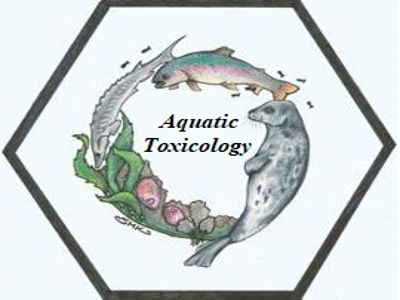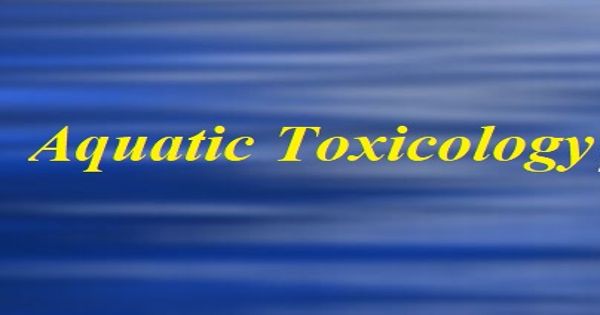Aquatic Toxicology is a multidisciplinary branch that includes the study of natural and synthetic toxicants and their effects that are leading to toxicity of aquatic systems. It is the study of the effects of manufactured chemicals and other anthropogenic and natural materials and activities on aquatic organisms at various levels of an organization, from subcellular through individual organisms to communities and ecosystems. It is defined as the study of the effects of a chemical substance on aquatic species which is usually determined on organisms representing the three trophic levels, i.e. vertebrates, invertebrates, and plants.
Aquatic Toxicology is the study of the effects of chemicals and other anthropogenic and natural materials and activities on aquatic organisms at various levels of the organization, from subcellular through individual organisms to communities and ecosystems.
Aquatic organisms have played important roles as early warning and monitoring systems for pollutant burdens in our environment. Aquatic toxicology is a multidisciplinary field that integrates toxicology, aquatic ecology, and aquatic chemistry. It is a field of science that focuses on the study of various chemical and physical toxins that affect biological living organisms. It generally involves the measurement of contaminant levels to characterize the hazards imposed on the aquatic environment; however, this field of study also includes information on how those contaminants can affect humans in and around these aquatic environments.

This field of study includes freshwater, marine water, and sediment environments. Source of aquatic toxicology may also include persistent toxins such as PCBs, DDT, TBT, pesticides, furans, dioxins, phenols, and radioactive waste, by direct discharges via industrial and urban effluents, surface runoff, and indirectly from aerial fallout. Common tests include standardized acute and chronic toxicity tests lasting 24–96 hours (acute test) to 7 days or more (chronic tests). These tests measure endpoints such as survival, growth, reproduction, which are measured at each concentration in a gradient, along with a control test. Aquatic toxicologists assess the condition of aquatic systems, monitor trends in conditions over time, diagnose the cause of damaged systems, guide efforts to correct damage, and predict the consequences of proposed human actions so the ecological consequences of those actions can be considered before damage occurs.
Aquatic Toxicology is the study of the effects of chemicals and other anthropogenic and natural materials and activities on aquatic organisms at various levels of the organization, from subcellular through individual organisms to communities and ecosystems. Typically using selected organisms with ecologically relevant sensitivity to toxicants and well-established literature background. These organisms can be easily acquired or cultured in a lab and are easy to handle. The most important challenge to aquatic toxicology will be to develop methods that support the sustainable use of the aquatic and other ecosystems.
















